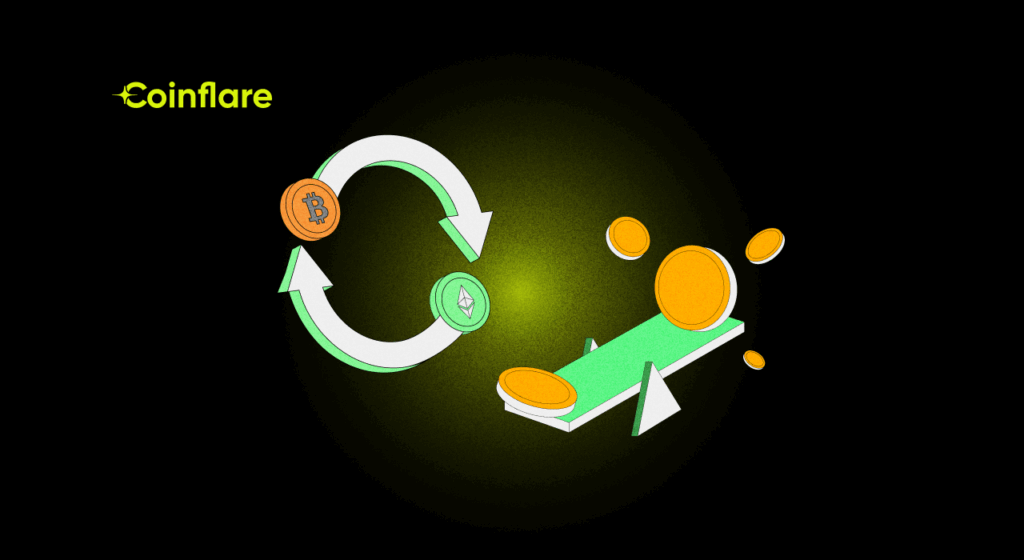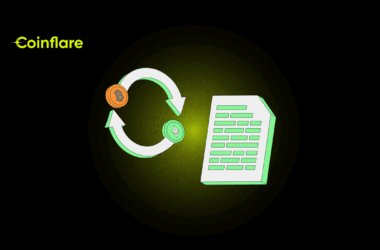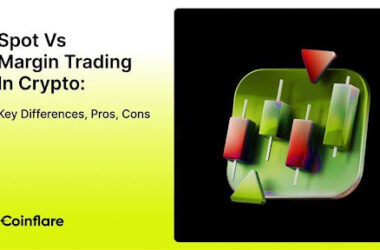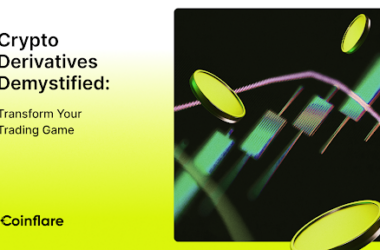Catalogue - Key Takeaways Show

Summary
- Leverage: In perpetual swaps, traders can open a position with a much larger margin than they can afford with their current balance. This can amplify their gains, but also increase their potential losses. However, there is no leverage in spot trading. Traders can only trade with their current available balance.
- Funding Rate: Perpetual swaps involves the payment or receipt of funding rates, which are fees paid to maintain a position in the contract beyond the current funding interval. These rates are based on the difference between the current price of the perpetual futures contract and the underlying asset’s spot price. In contrast, spot trading does not involve any funding rates.
- Liquidity: Perpetual contract market boasts a higher level of liquidity compared to spot trading Conversely, spot trading exhibits a comparatively lower degree of liquidity, consequently resulting in a greater occurrence of slippage during each transaction.
Both the spot and perpetual contract markets play a pivotal role in the financial markets, offering investors diverse opportunities to trade a wide range of assets such as commodities, stocks, currencies, and cryptocurrencies.
While spot trading involves the immediate exchange of assets, perpetual swaps trading enables traders to take positions on the future price of an asset without a set expiry date, affording them greater flexibility in managing their risk exposure.

To know more in detail, let us dive into the depths of how both these markets work and the main differences between them.
What Is a Spot Market in Crypto?
A spot market in crypto stands for the acquisition of an asset on an order placed by the buyer. There are multiple digital assets present, such as Bitcoin and Ethereum. Any user can make their account on an exchange and buy the asset on the spot.
Spot trading helps buyers and sellers deal with various digital assets. The buyer can buy an asset at the desired spot price and can become the owner of the asset. The underlying asset’s price is important in this case. Many buyers prefer to buy at lower prices and sell assets at higher price movements.
In a centralized spot trading platform like Coinflare, transactions are processed through a central authority or intermediary that matches buy and sell orders, sets prices, and manages the exchange of funds and assets between buyers and sellers.
However, in a decentralized spot trading platform, transactions occur on a peer-to-peer basis, with buyers and sellers directly interacting with each other and exchanging assets without the need for a centralized intermediary.
Spot markets are made up of trading volumes, liquidity, and a certain interest in digital currencies from the buyer’s side. While buying at a lower price, the underlying asset can be sold at a profit, and one can earn money from it.
How Does the Crypto Spot Market Work?
Spot trading is a simple execution process. A user buys and sells their assets as their prices rise in value. Spot trading is easier to grasp and works on the forces of demand and supply.
Simply put, the price of an asset is determined by the number of buyers who want to pay for an asset at a certain price versus the number of sellers who want to sell an asset at a certain price. In the end, the direction of where the price will go depends on buying and selling pressure in the market.
If there is more demand for an asset in the market, meaning that the number of buyers exceeds the number of sellers, the price will go up. Likewise, if there are more sellers in the market, the supply of cryptocurrency will increase, and the prices will go down.
Just like all the other markets, the crypto spot market greatly depends on the overall market sentiments, any news events of a particular cryptocurrency, and the regulatory announcements regarding the industry.
What is a Perpetual Contract in Crypto?
A perpetual contract also known as a perpetual swap is a special type of futures market that enables traders to speculate on the price movements of cryptocurrencies without a set expiry date.
Traders can use perpetual contracts to benefit from the upward or downward movement of a cryptocurrency by opening long or short contracts just like in futures.
Each perpetual contract has four core components:
- Initial and Maintenance Margin
- Funding Fee
- Leverage
- Liquidation
- Initial and Maintenance Margin
In perpetual trading, the initial margin is the amount of money that a trader has to deposit in order to open a position (either long or short). It serves as collateral that is used to cover any losses that the trader might incur if the market moves in the opposite direction to which he wagered. If the trader gets liquidated, he will lose all his initial margin.
On the other hand, the maintenance margin is the minimum amount of money that a trader must maintain in his account to keep an open position.
Both the initial margin and maintenance margin requirements are set by the cryptocurrency platform you are trading on. You can refer to this article to learn more about initial and maintenance margin and their requirement on Coinflare.
- Leverage
Leverage in crypto refers to the amount of funds that are borrowed from the exchange, which amplifies the potential gains or losses made from a trade. Traders can use these funds to open a larger position in a cryptocurrency perpetual contract.
For example, if a trader has a margin balance of $100, he can use 10x leverage to open a position worth up to $1,000. However, leverage comes with its sets of risks, which is why you need to be very careful.
The amount of leverage depends on the cryptocurrency exchange you are trading on. Coinflare allows its users to borrow up to 99 times(100x) their initial margin.
- Funding Fee
The funding fee is a type of fee unique to the perpetual trading environment. It acts as an anchor that keeps the price of a perpetual contract tied to its underlying asset in the spot trading environment.
For example, if the price of a perpetual contract is trading higher than its underlying spot asset’s price, long traders will pay the funding fee to short traders. Likewise, if the price of a perpetual contract is trading lower than its underlying spot asset’s price, short traders will pay the funding fee to long traders. It incentivizes traders to balance the price by trading both ways and is paid out after every 8 hours.
- Liquidation
Liquidation in perpetual trading is an automated process of forced closure of an open position if the margin balance of that open position falls below the required maintenance margin. As mentioned above, a trader must maintain the required amount of money in his account to keep his position running.
If the margin balance falls below the required maintenance margin, the trader will first get a margin call (meaning that he will be told to add funds to his account). If the trader fails to add additional funds to his position and the price of the contract reaches the liquidation price, his open position for that contract will be forcefully closed and he will lose his initial margin.
To avoid facing liquidation, you must manage your risk adequately and monitor your trades closely.
Trading Crypto Spot and Perpetual Contract on Coinflare
In conclusion, trading spot and perpetual contract come with their own set of advantages and disadvantages.
While spot trading is highly suitable beginners as there is no liquidation involved, perpetual futures trading is more suited for seasoned traders who know how to manage their risk effectively and have an in-depth knowledge of how the crypto market works.
However, above everything else, a trader must first choose an exchange that he can trust and gives traders the much-needed flexibility to choose the trading style that best suits their goals and risk tolerance.
At Coinflare, we offer both spot and perpetual contract trading on our platform with a user-friendly interface that enables beginners to trade easily and manage their risk effectively.
Whether you prefer spot trading, perpetual contract trading, or both, join Coinflare today to take the next step in your crypto journey.
About Coinflare
Coinflare is a cryptocurrency exchange platform that offers traders a secure, easy-to-use, and convenient way to buy, sell and trade cryptocurrencies. Our platform has been designed with investors of all levels in mind, whether they are just starting out or experienced traders. We offer various features and tools to help users make the best trading decisions possible, including advanced charting and analytics, real-time market data, and various customisable trading interfaces. At Coinflare, we are dedicated to empowering our users and helping them reach their financial goals.
Stay in the loop about our launches, trading pair announcements, contests and more by following us on Discord, Telegram, and Twitter.









